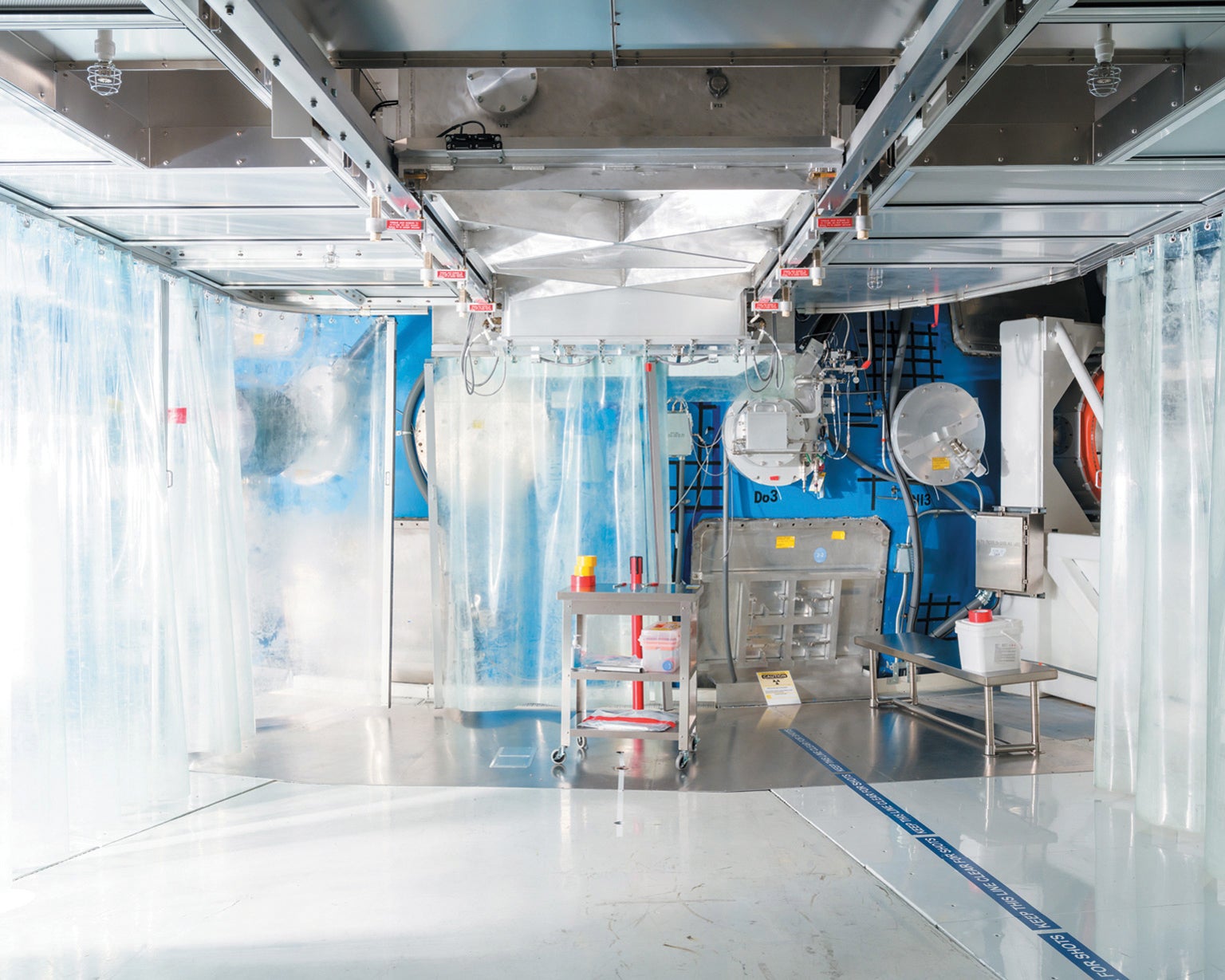
[ad_1]
Get inside, stay inside and stay tuned—that’s what the New York City Emergency Management team asked citizens to do last July in case of a thermonuclear attack. “All right? You got this,” assured the upbeat announcer in a video clip.
The reaction was swift and scathing. “The reality is, if this comes to pass, you don’t ‘got this,’” tweeted the International Campaign to Abolish Nuclear Weapons. “In the hours and days to follow there will be no way to respond.” Yet the return of such public service announcements points to an unsettling reality: nuclear war is once again possible.
In 1995, after the Soviet Union had dissolved and fear of a nuclear exchange had receded, world powers indefinitely renewed the Non-Proliferation Treaty (NPT), a 1970 agreement to prevent new states from obtaining nuclear weapons and to induce those that already had them to disarm. A year later the U.S. signed the Comprehensive Nuclear-Test-Ban Treaty (CTBT), intended to prohibit “any nuclear weapon test explosion or any other nuclear explosion” anywhere in the world. These treaties did not stop U.S. efforts to ensure the readiness of its nuclear arsenal, however. Under the Stockpile Stewardship and Management Program, created in the wake of the CTBT, the nation spends $15 billion a year to research and test nuclear material, some of it at the National Ignition Facility (NIF) at Lawrence Livermore National Laboratory in California.
Construction on this massive fusion research facility, the size of a sports stadium, began in 1997 and took more than a decade to complete. The NIF possesses 192 laser beam lines, each more than 100 meters long. The lasers are aimed in pulses of 20 billionths of a second and 500 trillion watts—roughly 1,000 times U.S. power usage at any given instant—at minute samples of plutonium and other substances. Compressed by pressures of more than 100 billion times Earth’s atmosphere, the target implodes, generating a fusion reaction with temperatures more than seven times hotter than the center of the sun.
These and other experiments provide information on materials science and fusion energy. Most important, however, the data they yield, along with information from nuclear tests conducted before the ban, are fed into sophisticated simulations that conduct virtual thermonuclear explosions in a supercomputer.

NIF researchers say such experiments are necessary to understand how the U.S.’s more than 5,000 nuclear warheads, most of which were produced in the 1980s, will behave in the event of a thermonuclear exchange. “The ultimate goal is to never use these things,” says Mark Christopher Herrmann, program director for Weapon Physics and Design at Lawrence Livermore. “But we want to assure our allies that we’ve got their backs and make sure our adversaries know that if they ever need to be used, they will work as intended and have devastating consequences.” Detractors question, however, the need to spend billions of dollars on such a program. Tests have shown that existing atomic bombs should remain viable for at least the next 70 years, with some weapons lasting closer to 100 years without significant degradation.
Photographer Alastair Philip Wiper is documenting the diverse applications of nuclear physics and exploring the ways in which people experience the loaded word “nuclear.” He has photographed the Large Hadron Collider at CERN near Geneva, the ITER and JET fusion reactors, and medical and other facilities that involve nuclear reactions. This is his first documentation of a reactor that conducts nuclear weapons research.





Editor’s Note (9/19/22): This article was edited after posting to correct the description of the portion of the $15 billion the U.S. spends each year to research and test nuclear material that goes to the National Ignition Facility at Lawrence Livermore National Laboratory. The text had previously been amended on September 6 to update Mark Christopher Herrmann’s position at Lawrence Livermore.
[ad_2]